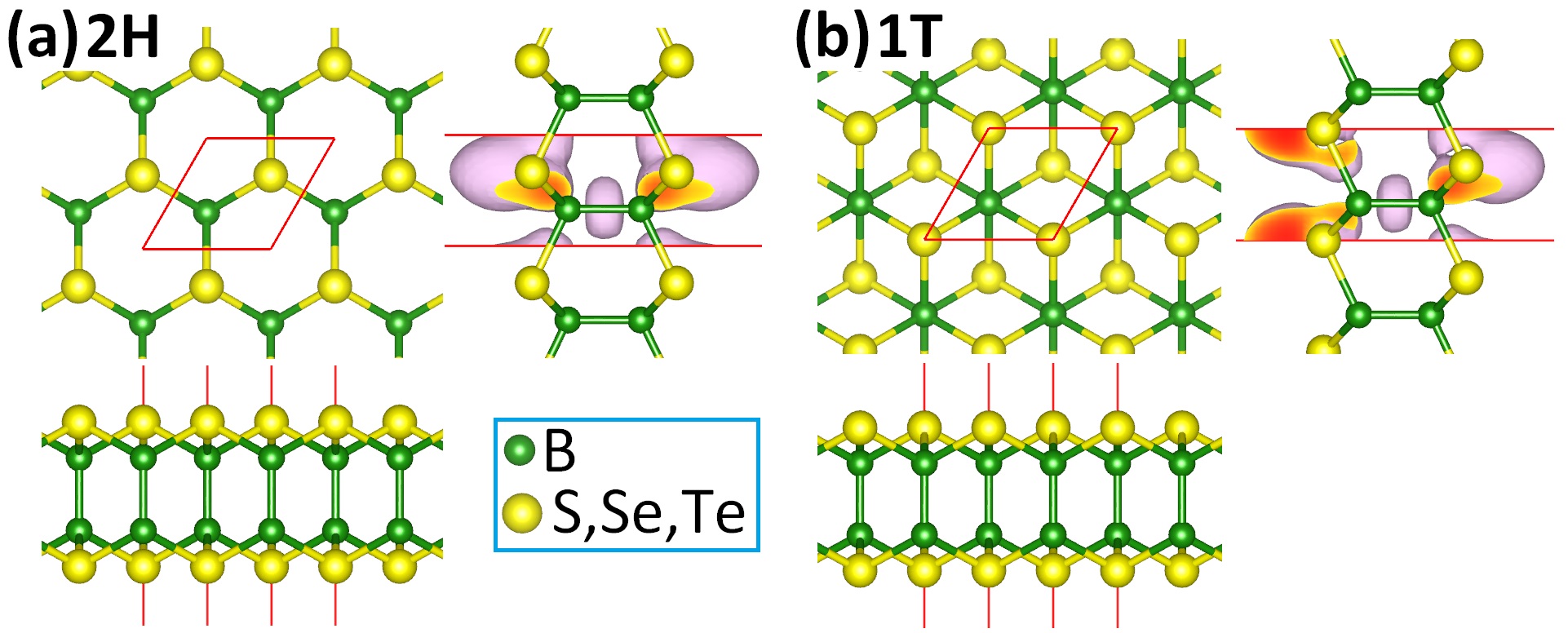In this short communication, we conducted first-principles calculations to explore the stability of boron monochalcogenides (BX, X=S, Se or Te), as a new class of two-dimensional (2D) materials. We predicted BX monolayers with two different atomic stacking sequences of ABBA and ABBC, referred in this work to 2H and 1T, respectively. Analysis of phonon dispersions confirm the dynamical stability of BX nanosheets with the both 2H and 1T atomic lattices. Ab-initio molecular dynamics simulations reveal the outstanding thermal stability of all predicted monolayers at high temperatures over 1500 K. BX structures were found to exhibit high elastic modulus and tensile strengths. It was found that BS and BTe nanosheets can show high stretchability, comparable to that of the graphene. It was found that all predicted monolayers exhibit semiconducting electronic character, in which 2H structures present lower band-gaps as compared with 1T lattices. The band-gap values were found to decrease from BS to BTe. According to the HSE06 results, 1T-BS and 2H-BTe show respectively, the maximum (4.0 eV) and minimum (2.06 eV) electronic band-gaps. This investigation introduces boron monochalcogenides as a novel class of 2D semiconductors with remarkable thermal, dynamical and mechanical stability.

